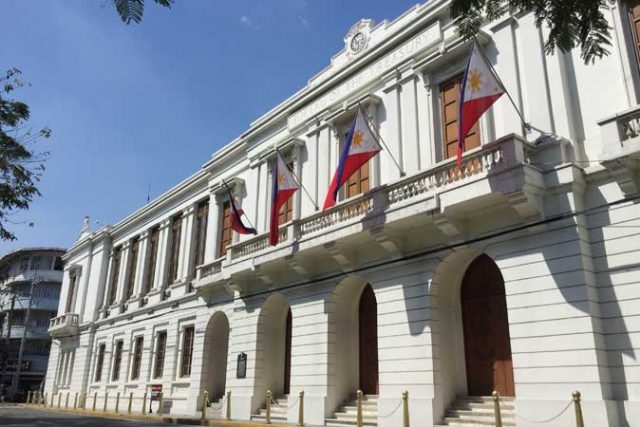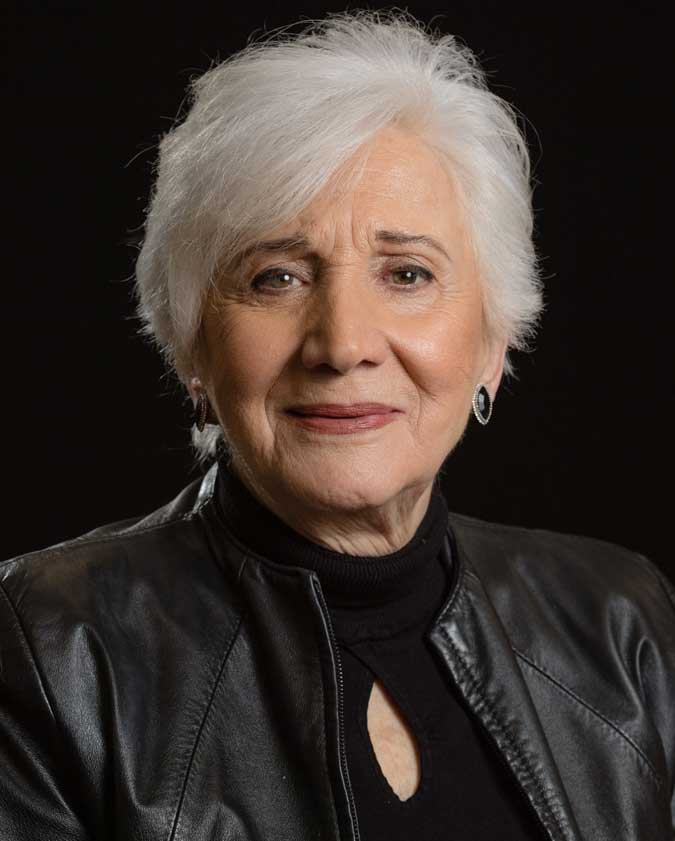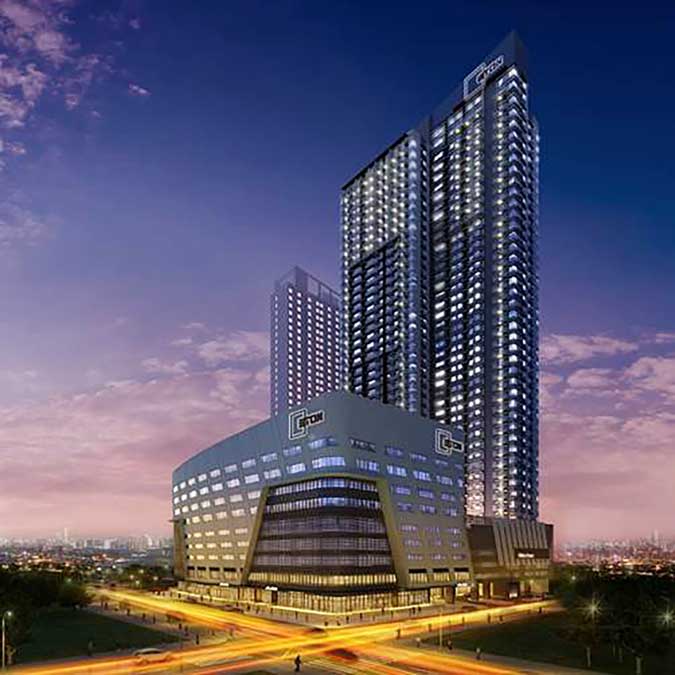Ayala Land to issue over 609-M common shares for merger with subsidiaries
AYALA Land, Inc. will issue 609,626,351 shares to the four subsidiary corporations merging with it in exchange for their net assets, one of the subsidiaries Cebu Holdings, Inc. disclosed to the exchange on Monday.
Of the total shares issued, 491,306,375 shares will be treated as treasury shares.
Cebu Holdings, along with Asian I-Office Properties, Inc., Arca South Commercial Ventures Corp., and Central Block Developers, Inc., will be absorbed by Ayala Land through the merger.
Ayala Land has a 71.13% stake in Cebu Holdings. The company will issue 0.19 common shares for each of Cebu Holdings’ issued and outstanding shares, which means Ayala Land will issue a total of 409,783,760 common shares to the firm.
Wholly owned Cebu Holdings subsidiary Asian I-Office Properties is also part of the merger and will receive 3.29 Ayala Land common shares for every share. The transaction will total 22,244,841 of Ayala Land common shares.
Another subsidiary Arca South Commercial Ventures will receive 0.0255 Ayala Land common shares for each of its stocks, which will make it own 58,917,750 common shares of its parent company.
Central Block Developers, in which Ayala Land has a 45% direct stake and a 39.12% indirect ownership through Cebu Holdings, will own 118,680,000 Ayala Land shares. The company will be issuing 24.17 shares for each Central Block Developers issued and outstanding shares.
Ayala Land will be sending each former stockholder of the absorbed companies instructions after the effective date of the merger.
Meanwhile, the cut-off date of the audited financial statements (AFS) of the subsidiaries is Dec. 21, 2020.
Assets not reflected in the AFS of the corporation as of the cut-off date and those which may be collected by the absorbed corporations after the cut-off date and until the effective date of the merger “shall be deemed included in the conveyance, assignment and transfer pursuant to [the] merger.”
As a result of the merger, Ayala Land is expected to have assets worth over P457-billion in carrying value or over P1.38 trillion in fair value, liabilities amounting to over P306.94 billion in carrying value or nearly P306.94 billion in fair value, and equity of P105.37 billion in carrying value or P1.08 trillion in fair value.
On Monday, Ayala Land shares at the stock exchange closed higher by 0.31% or P0.10 at P32.30 apiece. — Keren Concepcion G. Valmonte















